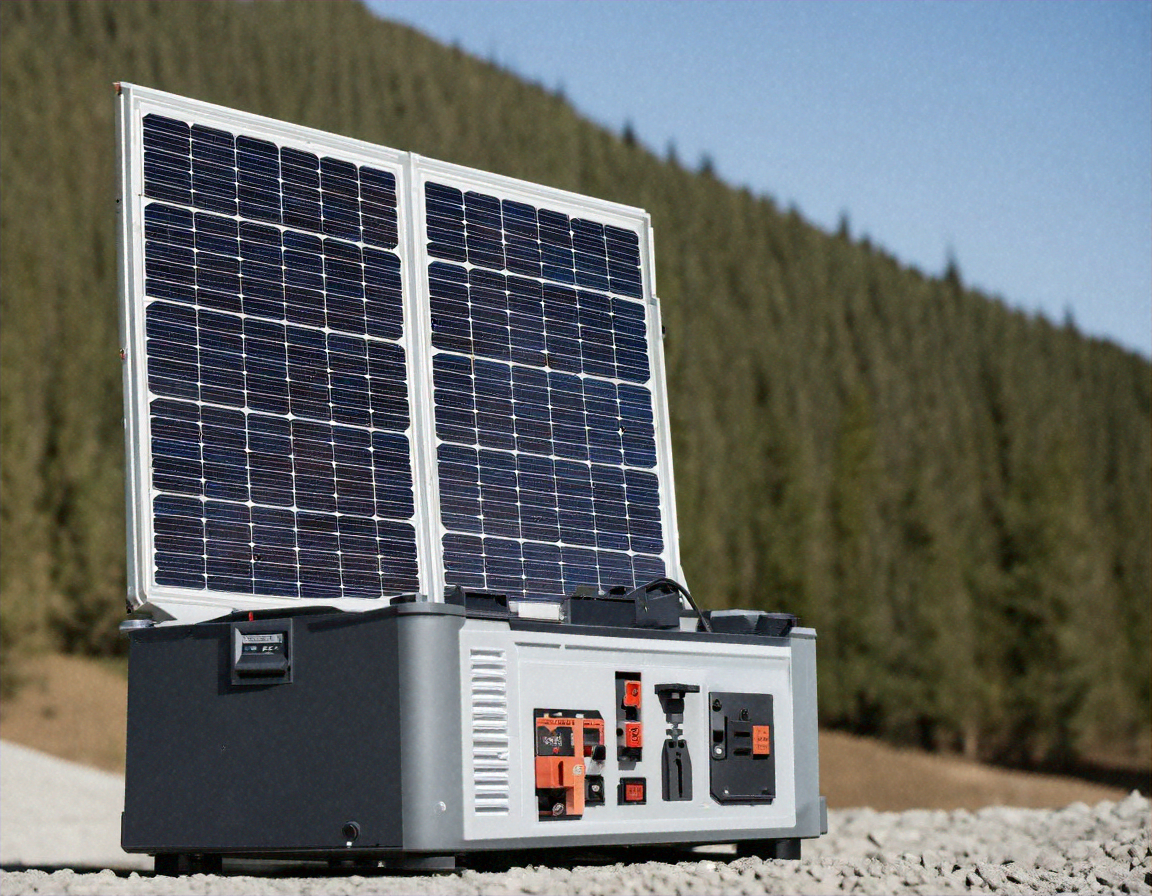The Future of Power: Understanding Solar Generators in the UK
As the world shifts toward sustainable energy, solar generators are emerging as a practical and efficient solution for powering our lives. From outdoor adventures to emergency home backup, these devices offer a reliable and eco-friendly way to generate electricity. But what exactly are they, and how do they work? This article explores the growing popularity of solar generators in the UK, breaking down their benefits, key features, and what to look for when choosing a model that fits your needs. Discover how this innovative technology is making clean energy more accessible than ever before, providing a silent, emission-free alternative to traditional power sources.

How Do Solar Generators Work?
Solar generators operate through a three-step process. First, solar panels capture sunlight and convert it into electrical energy through photovoltaic cells. This energy then passes through a charge controller, which regulates the voltage and current to protect the battery. Finally, the power is stored in a battery system, typically lithium-ion, ready for use through built-in AC outlets and USB ports. An inverter converts the stored DC power into AC power suitable for household appliances.
Key Features of Modern Solar Generators
Today’s solar generators come equipped with advanced features that enhance their functionality. Most models offer multiple output options, including standard AC outlets, USB ports, and DC carports. Smart display screens show real-time power consumption, battery level, and charging status. Many units also feature fast-charging capabilities, expandable battery capacity, and pure sine wave inverters for sensitive electronics.
Benefits of Using a Portable Solar Power Station
Portable solar generators offer numerous advantages over traditional power sources. They operate silently and produce zero emissions, making them ideal for both indoor and outdoor use. Unlike fuel-based generators, they require minimal maintenance and have no recurring fuel costs. The ability to charge through solar panels provides unlimited free energy, while multiple charging options ensure backup power is always available.
Solar Generators vs. Traditional Gas Generators
When comparing solar generators to conventional gas generators, several key differences emerge:
| Feature | Solar Generators | Gas Generators |
|---|---|---|
| Fuel Cost | Free (solar) | Ongoing fuel expenses |
| Noise Level | Silent | Loud (60-70 dB) |
| Emissions | None | CO2 and fumes |
| Maintenance | Minimal | Regular servicing required |
| Indoor Use | Safe | Not safe |
| Initial Cost | £500-£3,000 | £300-£1,000 |
Prices, rates, or cost estimates mentioned in this article are based on the latest available information but may change over time. Independent research is advised before making financial decisions.
Choosing the Right Solar Generator for Your Needs
Selecting an appropriate solar generator depends on several factors. Consider your power requirements by calculating the wattage of devices you’ll need to run simultaneously. Battery capacity, measured in watt-hours (Wh), determines how long the generator can power your devices. For UK users, ensure the generator offers 230V output and appropriate plug types. Popular options range from compact 500Wh units suitable for camping to robust 2000Wh systems capable of powering multiple household appliances.
The transition to renewable energy continues to gain momentum in the UK, with solar generators playing an increasingly important role. These versatile power stations offer a clean, reliable alternative to traditional generators while providing the flexibility needed for various applications. As technology advances and prices become more competitive, solar generators represent not just a temporary solution but a sustainable path toward energy independence.




